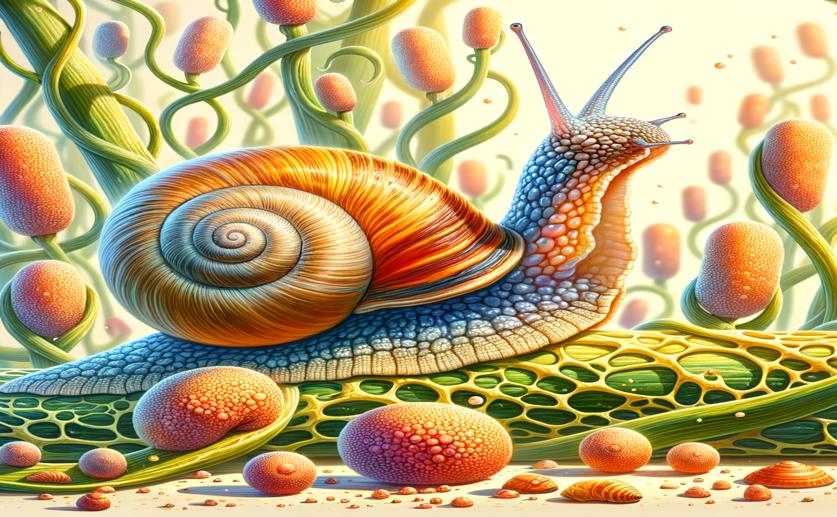
High Mitochondrial Changes Linked to Healthier Cells in Snails
Greg Howard
14th June, 2024

Image Source: Natural Science News, 2024
Key Findings
- The study, conducted at the University of Nottingham, focused on the terrestrial snail Cepaea nemoralis and its sister species C. hortensis
- Researchers found a high rate of single nucleotide polymorphism (SNP) heteroplasmy in Cepaea species, which was negatively correlated with mtDNA copy number
- The study revealed that purifying selection acts on non-synonymous mutations, especially in genes coding for essential components of the mitochondrial respiratory chain
GeneticsAnimal ScienceEvolution
References
Main Study
1) High heteroplasmy is associated with low mitochondrial copy number and selection against non-synonymous mutations in the snail Cepaea nemoralis
Published 13th June, 2024
https://doi.org/10.1186/s12864-024-10505-w
Related Studies
2) Evolution of the mitochondrial genome of Metazoa as exemplified by comparison of congeneric species.
3) Tunicate mitogenomics and phylogenetics: peculiarities of the Herdmania momus mitochondrial genome and support for the new chordate phylogeny.
4) Animal Mitochondrial DNA as We Do Not Know It: mt-Genome Organization and Evolution in Nonbilaterian Lineages.
Journal: Genome biology and evolution, Issue: Vol 8, Issue 9, Sep 2016
5) Genome copy number predicts extreme evolutionary rate variation in plant mitochondrial DNA.



 29th May, 2024 | Greg Howard
29th May, 2024 | Greg Howard